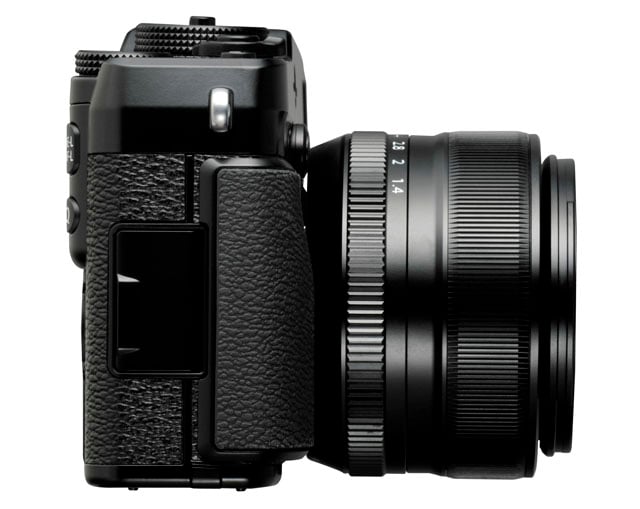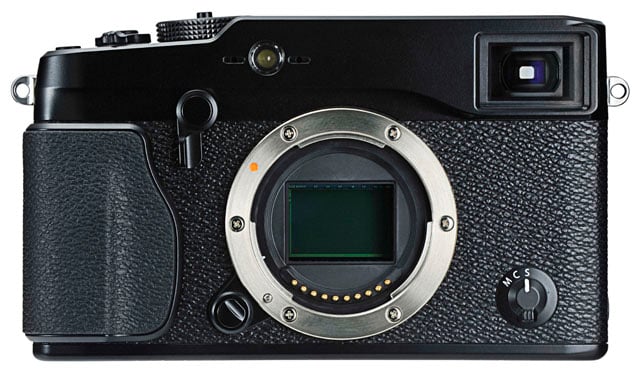This article is more than 1 year old
Fujifilm X-Pro1 16Mp compact system camera review
Visual virtuoso
Animal instincts
When you attempt to half-depress the shutter to check the focus the camera seems to ponder endlessly and eventually produce out-of-focus shots. I may be missing a trick but it’s unclear why that is but if you can trust the camera to do its job, it really does deliver each time. Once I got to use to using the shutter without half-pressing I did not even experience any of the serious low-light AF delays widely reported on this camera.

The die-cast aluminium body feels light in the hand
To me, learning to use this temperamental autofocus system felt like taming a wild animal. It’ll never be as undemanding and docile as some competing AF systems but once you get used to it you can get it to perform virtually as reliably as other less moody systems. Indeed, the smooth bokeh effect, combined with the ultra-sharp focus this camera can achieve, is a feast for the eye.
The X-Pro1 also has a manual focus system, which works by turning the focus ring on the lens. Although this sounds good on paper the focus ring does not mechanically produce changes inside the lens. Sure it has the shape and feel of a manual ring, but it’s only an electronic control. In a DSLR lens you would turn the focus ring by small degrees either way and immediately achieve focus, yet with the X-Pro1 lenses you have to make it go quite a few turns to obtain focus. How much you have to turn the ring depends on the lens itself but you will experience a disorienting lag with all lenses, so I suggest manual focus to be used only for fine adjustments.
There are other not-so-good points to mention. A rather annoying, if low, constant lens clicking, which is the result of the camera’s opening and closing of the lens aperture blades to regulate light entry. The clicking never actually stops even when the aperture is fixed manually. Also the anti-dust ultrasonic vibrations system that should work well in an interchangeable lens camera was not up to the job and I ended up having dust specs quite often when changing lenses. Finally battery life is definitely poor.
At the heart of this otherwise seemingly old-fashioned camera lays a new sensor that is as cutting edge and technologically advanced as it comes. The 16Mp APS-C X-trans CMOS sensor uses a new colour filter array to solve issues of moiré. This approach avoids the need for a low-pass filter, which in conventional sensors results in unwanted softening of images. The upshot of it all is the XPro-1 delivers image quality levels that blow away the competition.

APS-C format sensor but the X-Trans technology eliminates the need for an anti-aliasing filter
The layout of colour filter array is modelled on the 'natural' randomness of silver halide grains on film. While not a truly random pixel layout, the uses a 6 x 6 sensor grid to introduce a higher degree of randomness. This isn't the same as some film emulation creative filter, as there is much hype about the film simulation modes of this camera. The truth is that the filmic magic of the images captured by the Fujifilm FinePix X-Pro1 have more to do with the capabilities of its sensor design. The technology delivers impressive and almost unrealistic sharpness together with a soft, smooth recording of light’s subtleties that makes the final images life-like and pop out in the same way that film does.
